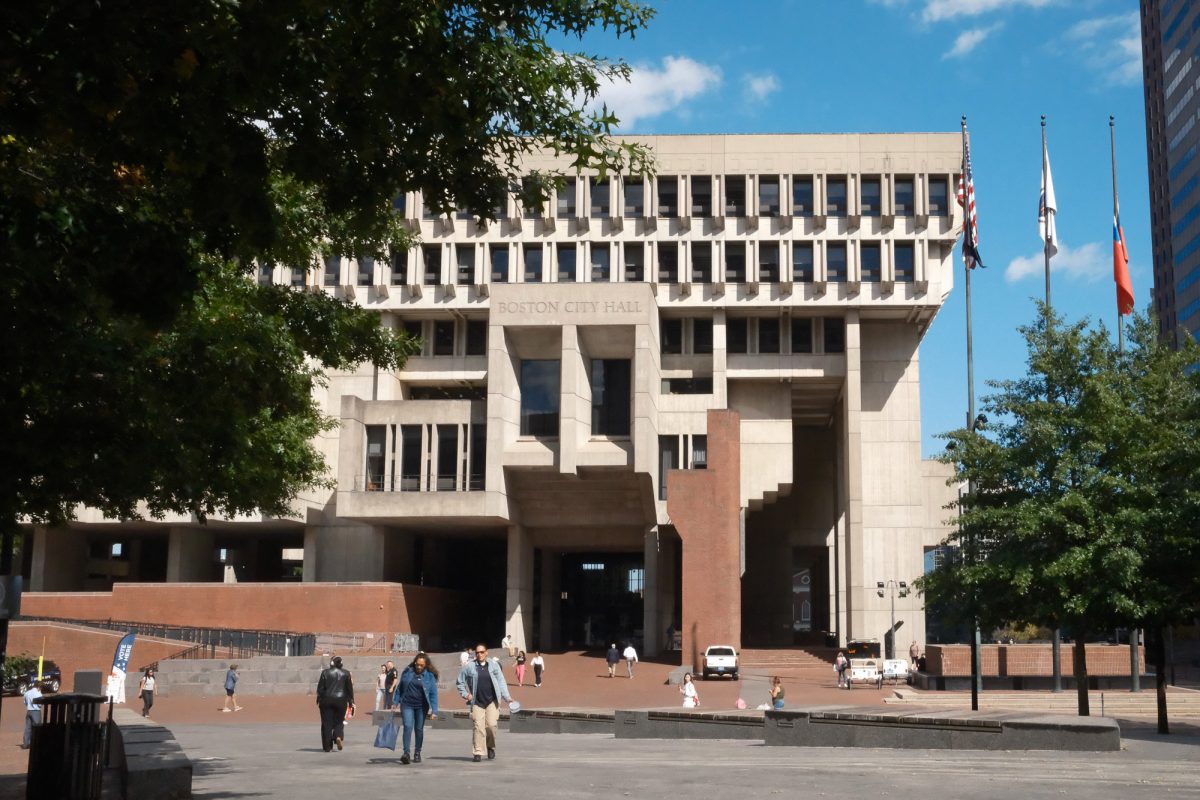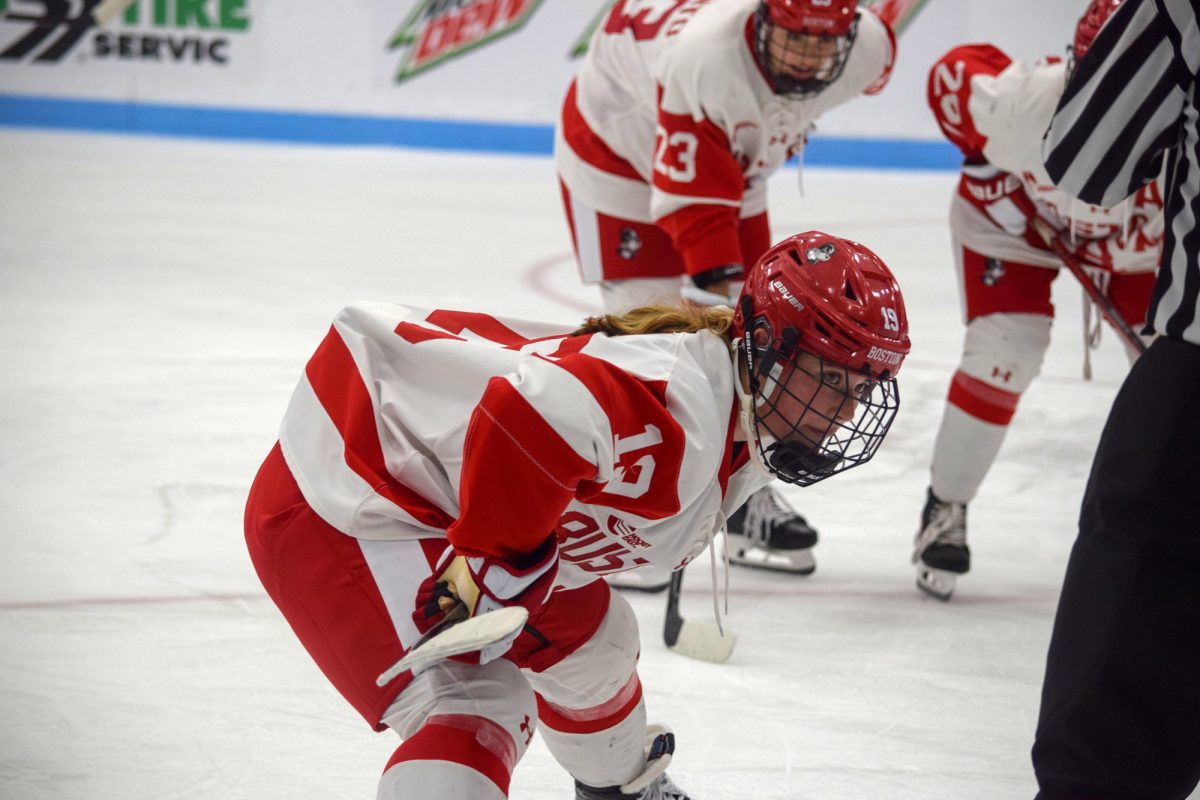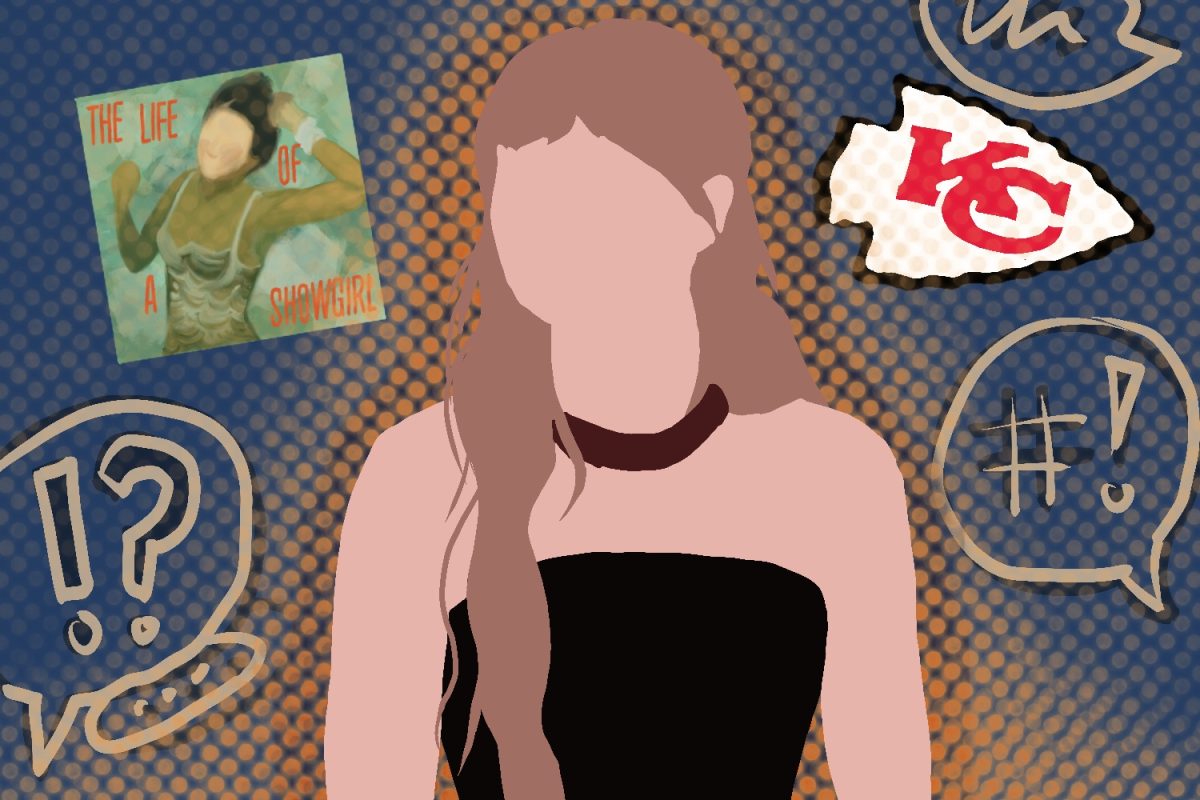Racism is casually instilled in the American educational system, and most of the time, we don’t even know it.
When we were young children, we would learn about Thanksgiving by dressing up with fake-feathered headdresses and choosing our “Native American name” from a template. An example of cultural appropriation, “fun” activities such as this are normalized for students from the start.
As we grew older, the racism became more clear, but subtle in its intentions.
We would read classic American literature from authors such as Mark Twain or John Steinbeck who explicitly and consistently used the N-word in their novels.
Many teachers read works that include this language aloud. Some even insist students themselves voice the N-word for “historical accuracy” or some other literary purpose. They’ll go as far as to say that they are aware it’s a derogatory term but must preserve the language of the time — the action was always justified.
As impressionable teenagers, some may not think much of these instructions and will simply follow what they are told to do. But many students, especially those who are Black, will understand the gravity of the word.
Its usage cannot be normalized, but by reading it aloud in such an excessive and unnecessary manner, it can easily take on the appearance of a less dangerous word. Students giggle after saying it, and suddenly, it’s a joke.
Students are already taught how the term was used throughout history, and reading it out loud doesn’t prove any new points. It just makes students uncomfortable and perpetuates racism in the classroom under a facade of “accuracy.”
So, how do we combat that? Besides particular vocabulary, Twain’s books, among others, are well-written and have powerful messages behind them. They should not be eliminated from the curriculum, but there must be a change in how they are taught.
To begin, the words themselves could be starred or blacked out. There is no need for students to continually read a word of such magnitude and disrespect.
When reading books that carry derogatory terms that are harmful to Black students, it seems like it’s okay to be brutally honest about American history. But in all other ways, it is sugarcoated and simplified.
Both mandatory curriculum and the teachers themselves play vitals roles in the ignorance that influences American education.
Often, public schools follow a structured curriculum with outdated readings and textbooks.
We were fed lies about the Civil War: that it was fought for states’ rights and not for slavery — as if Southern states weren’t fighting for their right to slavery. We were also never taught about how racism is embedded in every sector of society.
Instructors can choose what activities to do as well as decide on the ethics of whether or not they will be saying the N-word in class. Professors in higher education especially have greater individual freedom to be creative and innovative in their teaching, but we often see the same ill-informed ideas brought into the classroom.
Conversations about racial disparities and the struggles of marginalized groups are nuanced and must be taught carefully, difficult as it is.
Instructors are, of course, human. It’s tough for people to rid themselves of their biases, and often, faculty are expected not to show them. In public schools, teachers often feel they must hide their religious and political affiliations.
But when it comes to topics such as the Black Lives Matter movement or LGBTQ rights, the issue of human rights should take priority. If one party is more commonly associated with these discussions, then so be it. That doesn’t mean a teacher is forcing their political ideologies on the class.
Teachers are getting backlash for wearing BLM masks or hanging pride flags in their classroom. It is an instructor’s right to show solidarity with these communities. If someone has a problem with human rights, then that’s a problem they need to take up with themselves.
Students of every race, sexuality and religion go to school. They deserve acceptance and freedom. And even if they don’t have posters on the wall showcasing their support, teachers should still be allowed to have those types of conversations.
We must no longer focus our time on memorizing facts about random wars and treaties. Rather, our education should focus on looking at issues thematically and practicing critical thinking.
A major flaw in our country is that we expect patriotism to be synonymous with blind faith. In reality, you can be critical of your country and still love it. If you claim to be patriotic, you should want to instill change that will better our society instead of pretending everything is without fault.
While these are issues that will take years to resolve and need to be addressed on the national level, teachers can start by looking at the gaps in their own education. What vital parts of American history were they not taught, or were learned through too narrow a lens?
We are aware that a lot of events in American history are graphic and can be traumatizing to students of all ages. But they must be discussed. People lived through the Middle Passage, the Trail of Tears, Jim Crow, internment camps and other horrific acts against humanity — some still occur today.
It is much easier to learn about these events than to live through them yourself.
There must be a balance that allows instructors to introduce these ideas at a young age, and as students develop, they can slowly be exposed to more of the detail. Content warnings and mental health breaks must be offered for students who may be overwhelmed by what they learn.
But we must be honest and start having conversations that are uncomfortable. Racism and hatred are learned behaviors, and we must do everything in our power to teach against them in the classroom.





















































































































